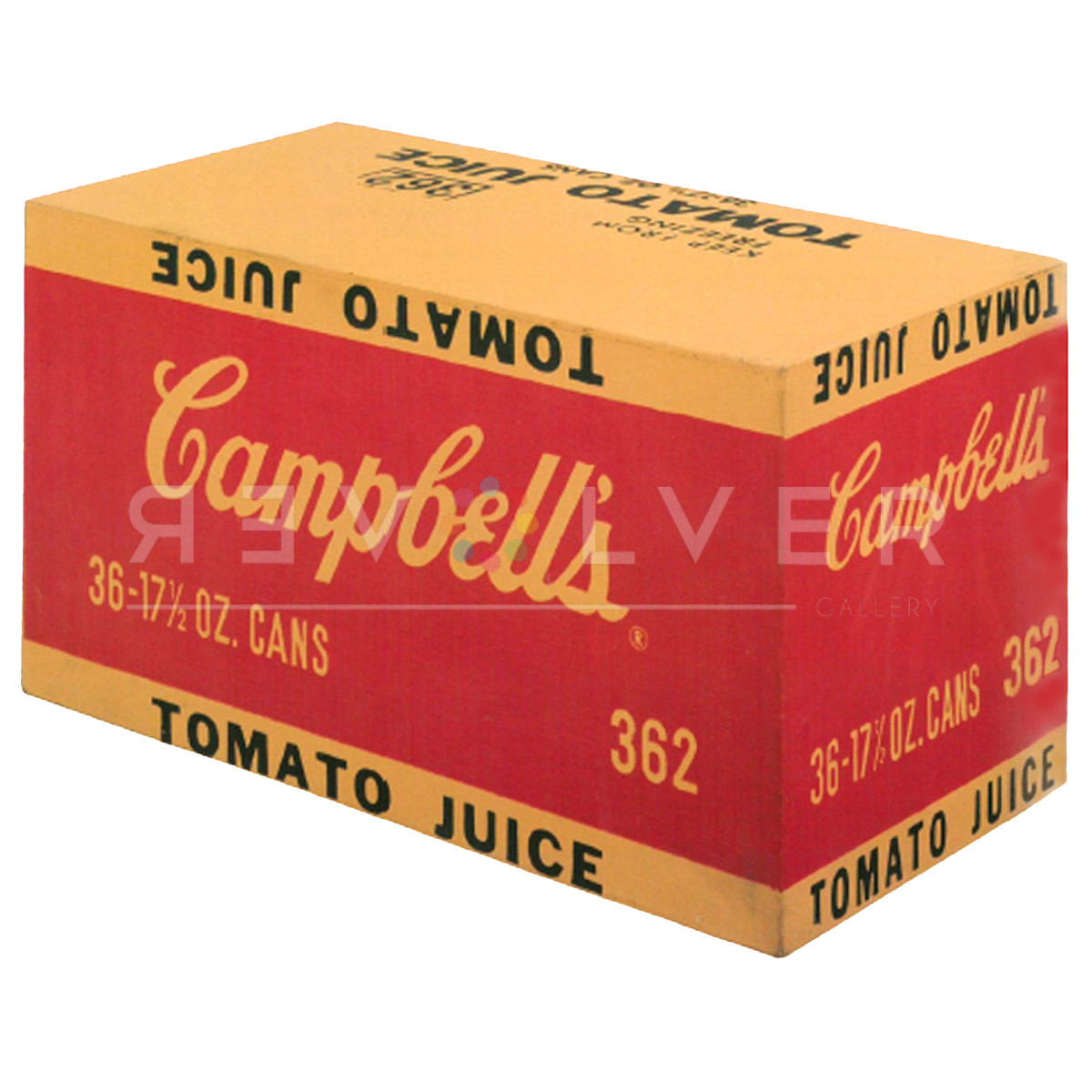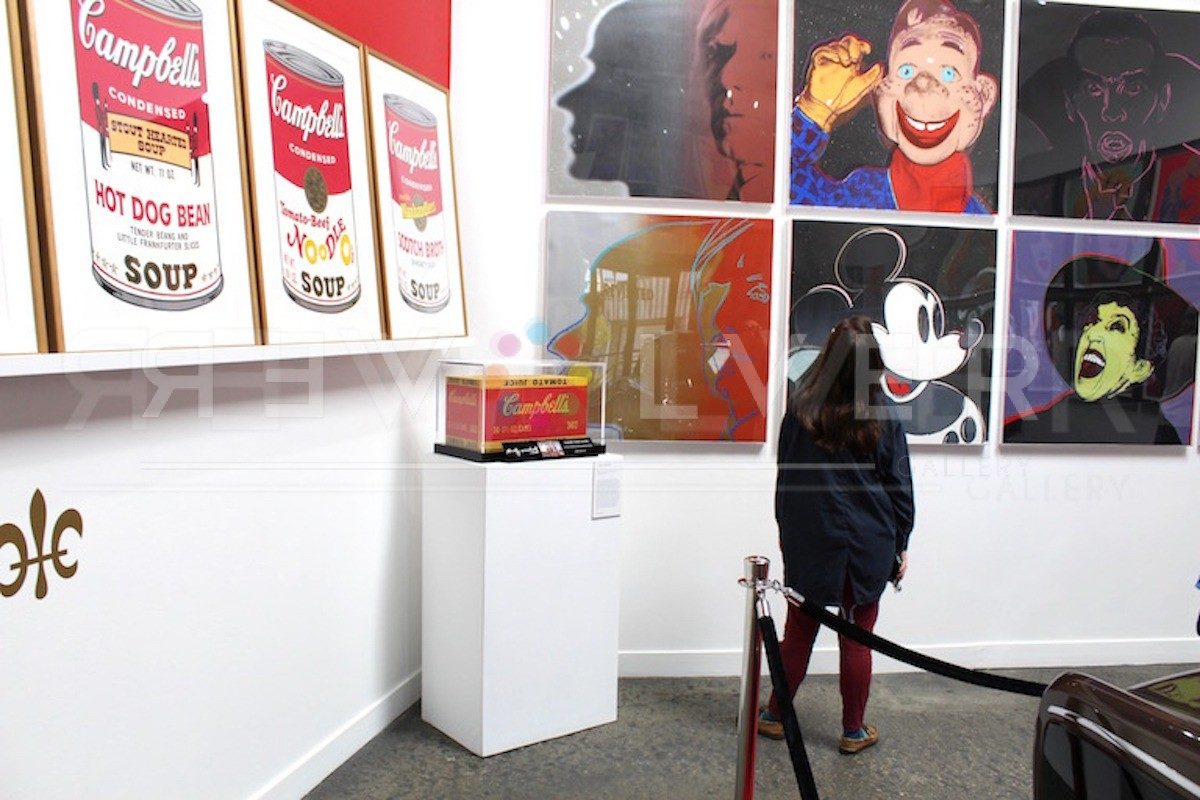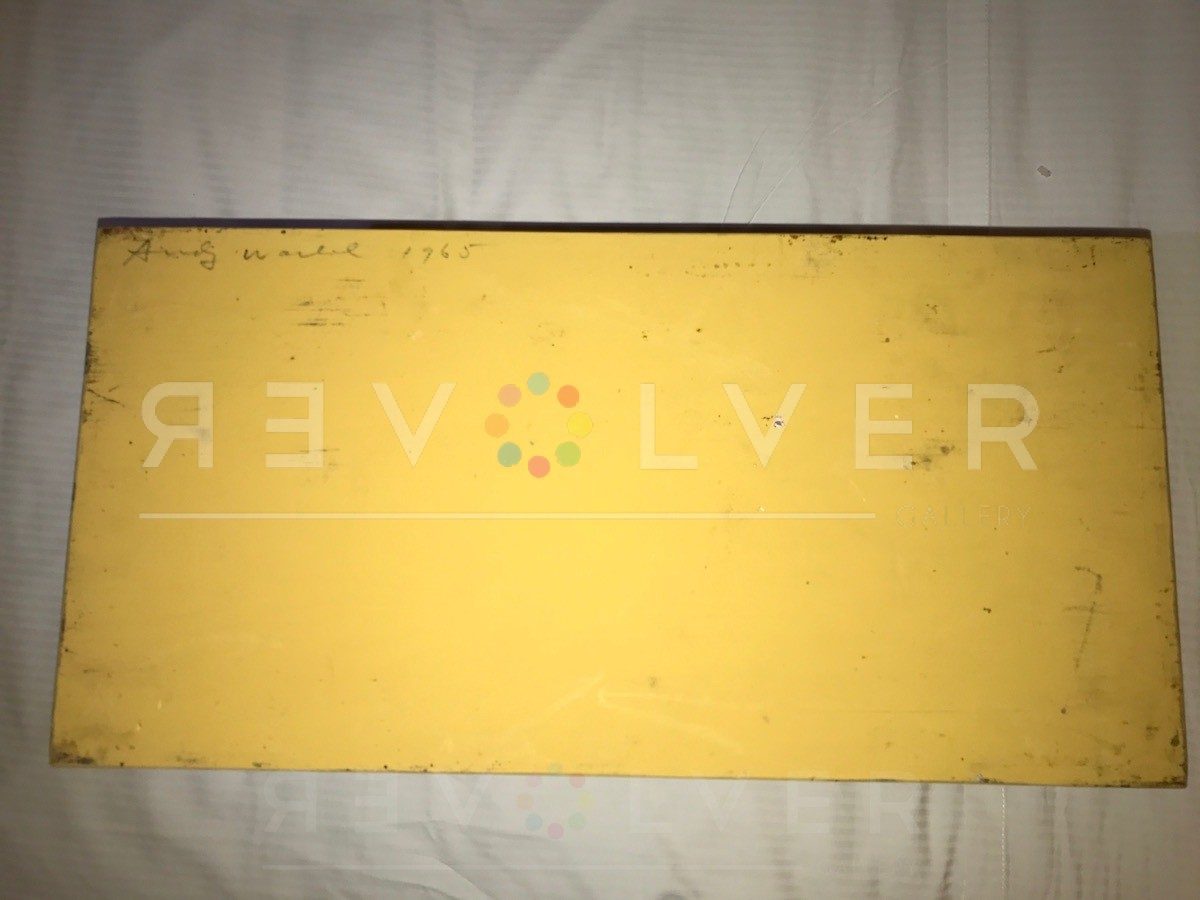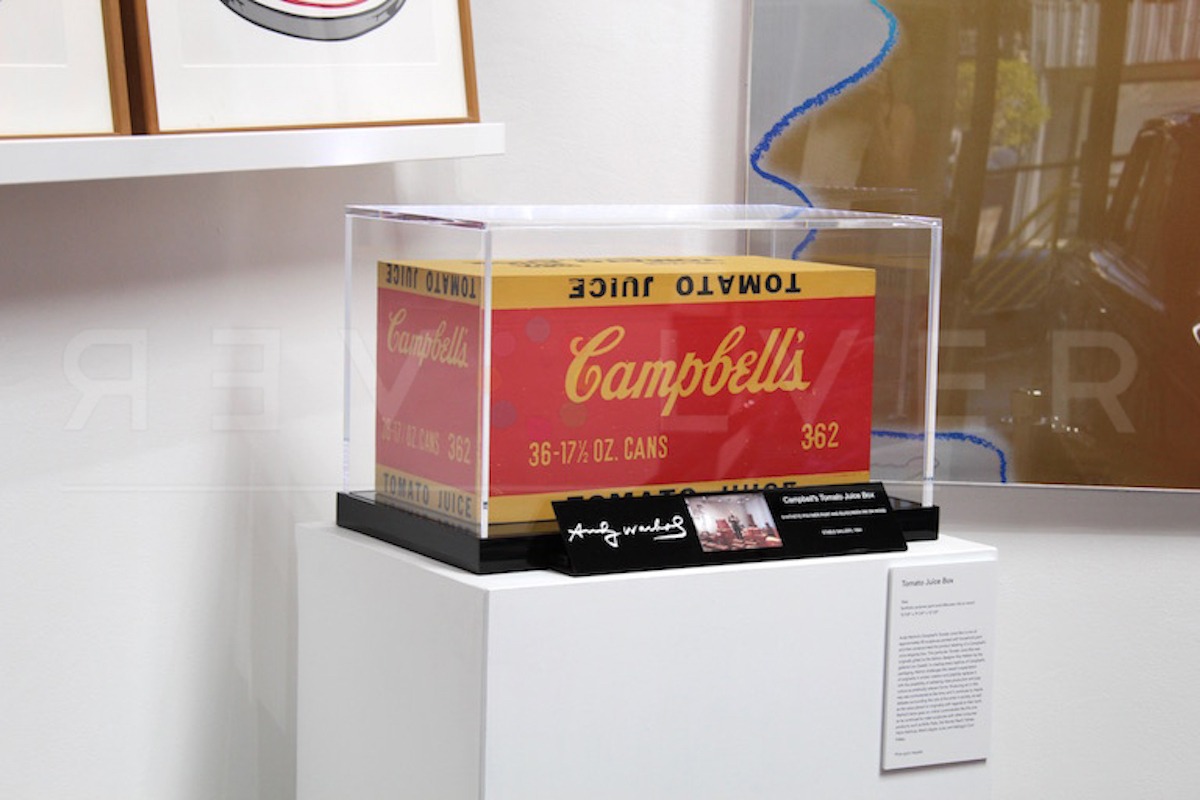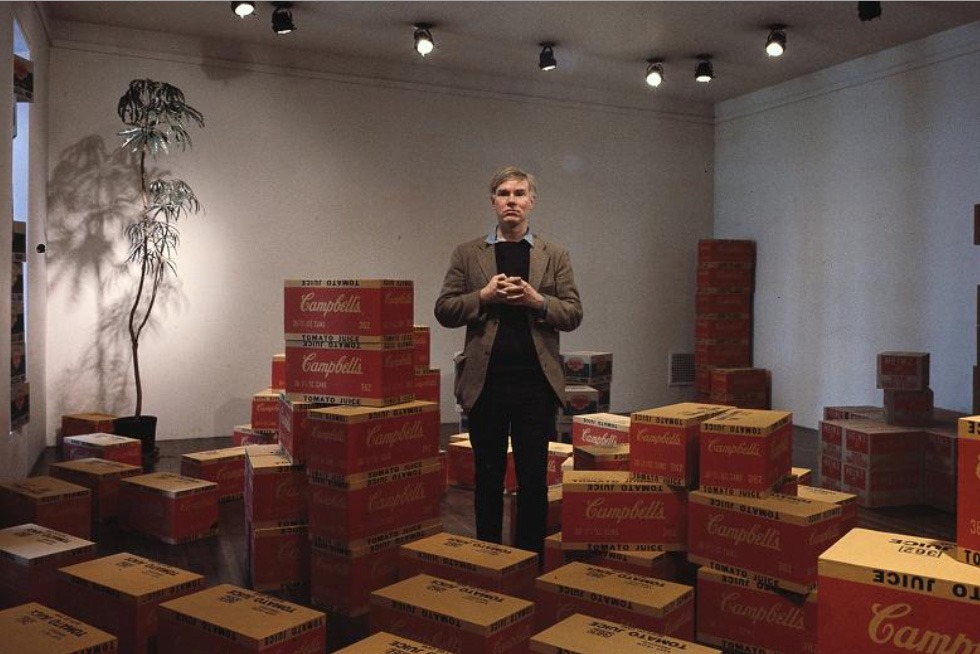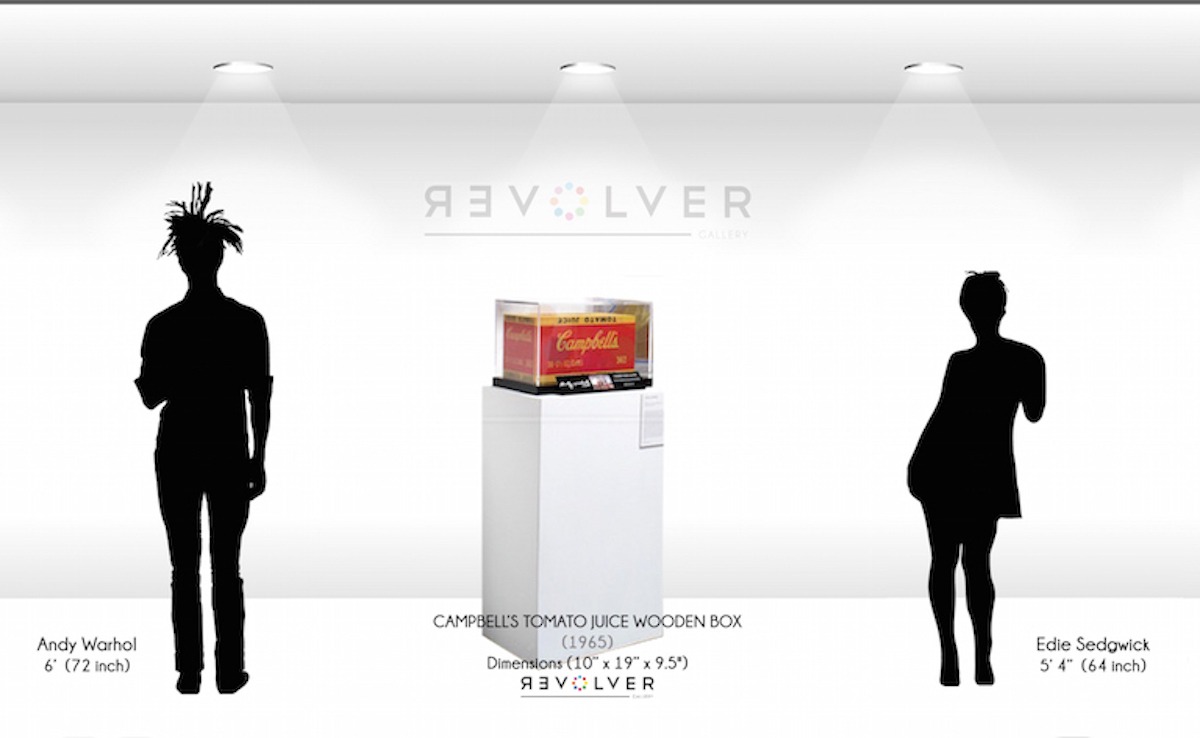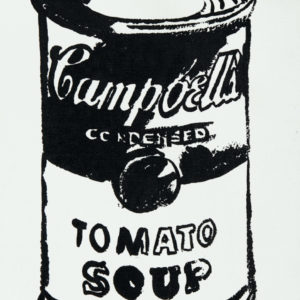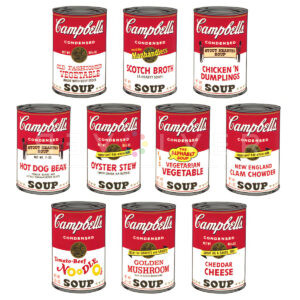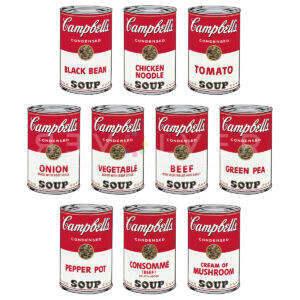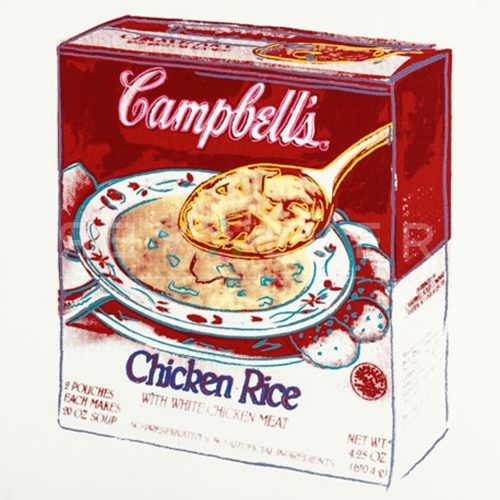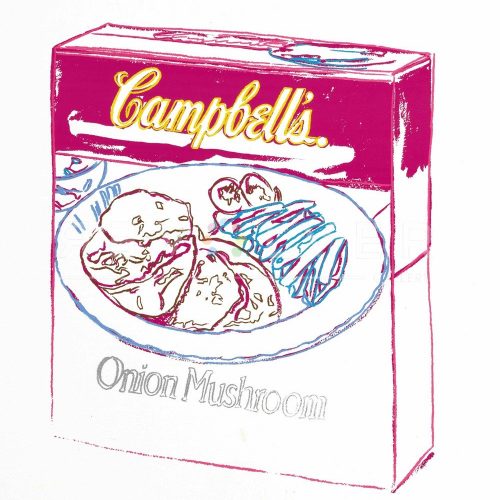Created in 1964, Andy Warhol Campbell’s Tomato Juice Box is one of one hundred sculptures screenprinted in The Factory. This edition of Andy Warhol Campbell’s Soup Tomato Juice Box holds a prominent place in art history as it was originally gifted to the Leo Castelli Gallery from fashion designer, Roy Halston. It was later acquired by the Edmundson Art Foundation and auctioned at Sotheby’s to benefit Acquisition Funds of the Des Moines Art Center.
Campbell’s Tomato Juice Box by Andy Warhol as Part of his Larger Body of Work
Warhol was known to be a follower of the artist, Duchamp. When he asked his assistant, Nathan Gluck, to pick up cardboard boxes from the supermarket, the artist wasn’t pleased with the elegant designs on the boxes he received. Andy wanted something more common…But Warhol was not anti-aesthetic in the same manner that Duchamp was. Duchamp sought to “liberate the art from having to please the eye”. Warhol was more politically motivated. He enjoyed the fact that Americans eat the same things over and over and that it all tastes predictably the same. Like most Pop artists, Warhol’s art featured images of from pop culture that were familiar to the masses such as super stars, tabloid images, comics, and, of course, the Campbell’s soup images. By creating exact replicas of Campbell’s products and packaging, Warhol directs the viewer’s focus away from the originality of an artistic idea and towards a contemplation of popular culture. In The Factory, his New York City studio, he had assistants screenprint over 40 different Campbell’s Tomato Juice Box sculptures. The mass production of art objects was a controversial idea at the time, and continues to inspire debates surrounding the role of the artist, and artistic originality. Warhol’s fame was built on this controversy as he continued to make art with other consumer products, specifically Brillo Pads, Coke Products, and Kellogg’s Corn Flakes.

